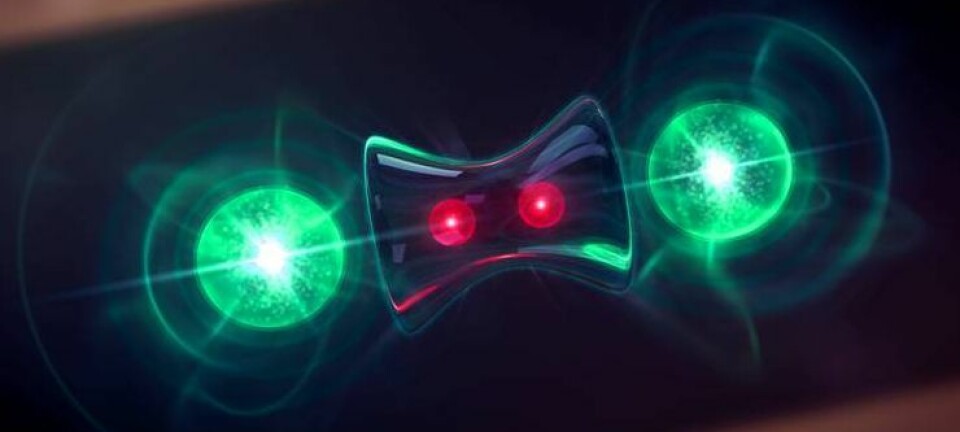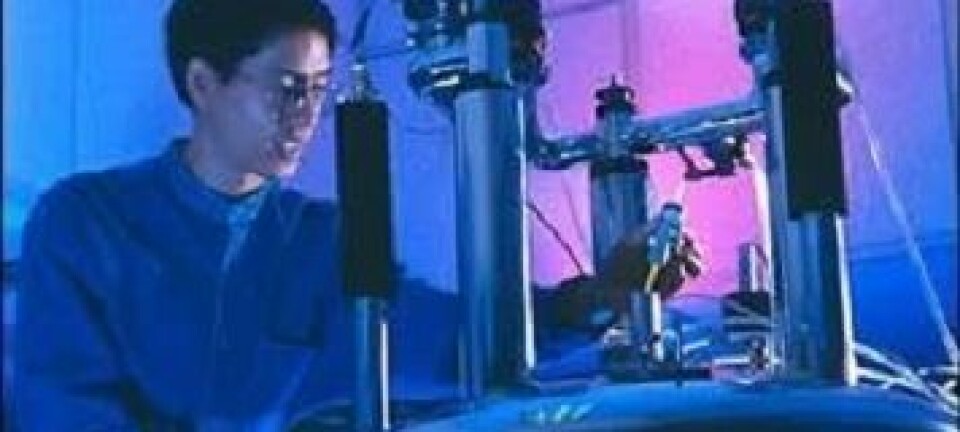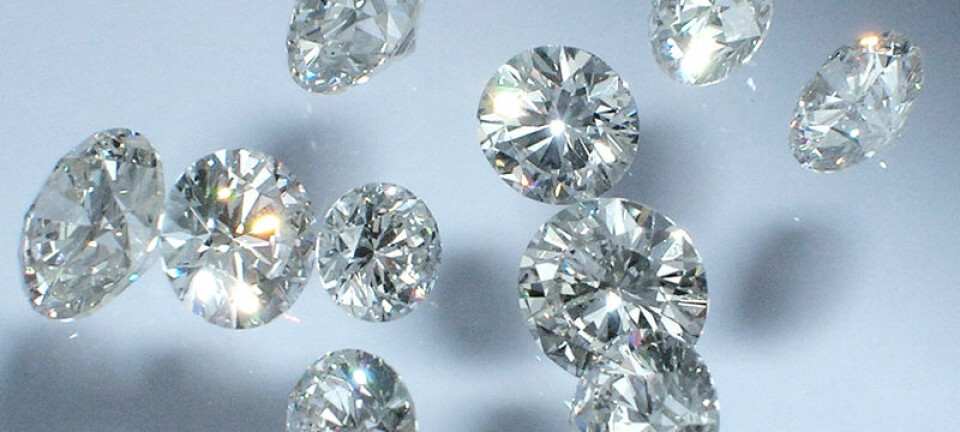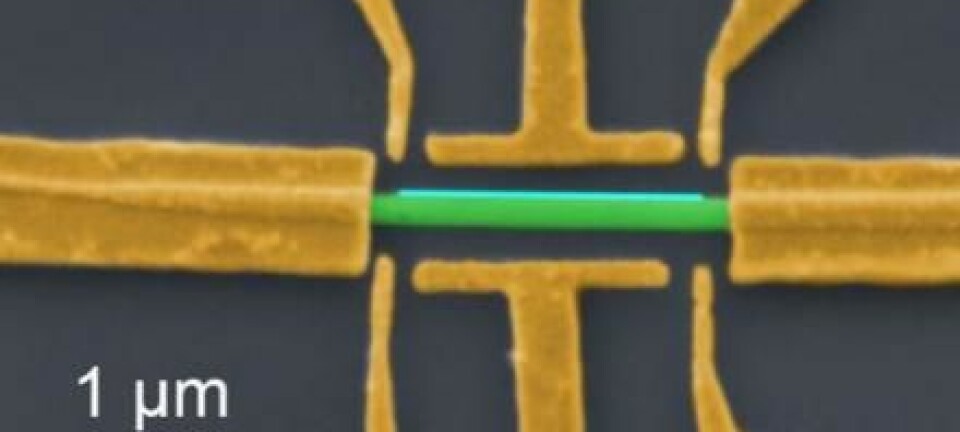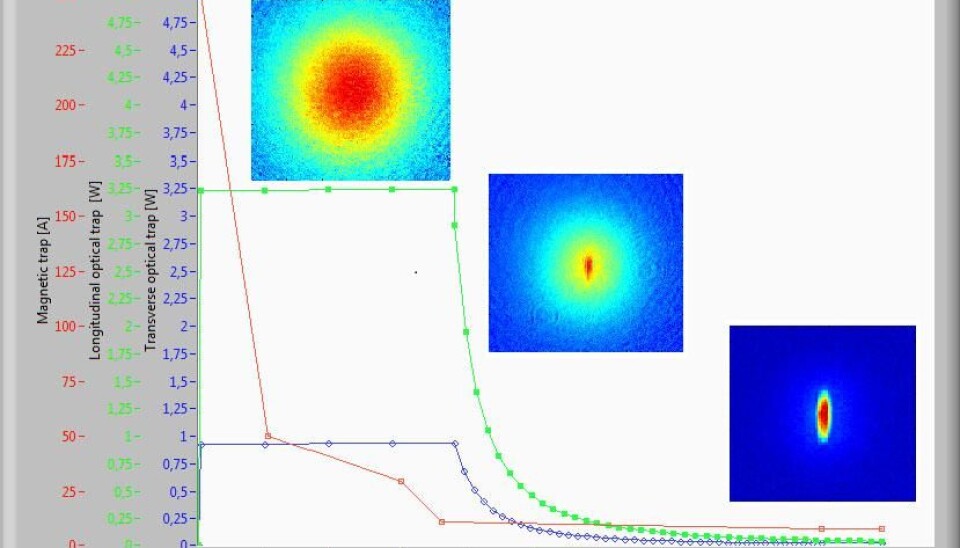
Scientists need your help to build a quantum computer
If you have always dreamed of helping out with a quantum physics experiment, now is you chance. And all you need to do is play a video game.
Scientists need your help to create and rearrange ultra cold atoms to build a quantum computer.
The Alice Experiment will soon be open to the public, where you can take part in the quantum physics experiment simply by playing an online video game.
“We’ll soon make our first large-scale remote experiment. We’ll have lots of people linked up at the same time, working together to access the experiment,” says lecturer Jacob Sherson, from Aarhus University, Denmark, who is one of the scientists behind the experiment.
“The collective experiment will optimise our physics experiment, but at the same time we can study how people work together. It’s a totally new approach to quantum computing and sociology research,” he says.
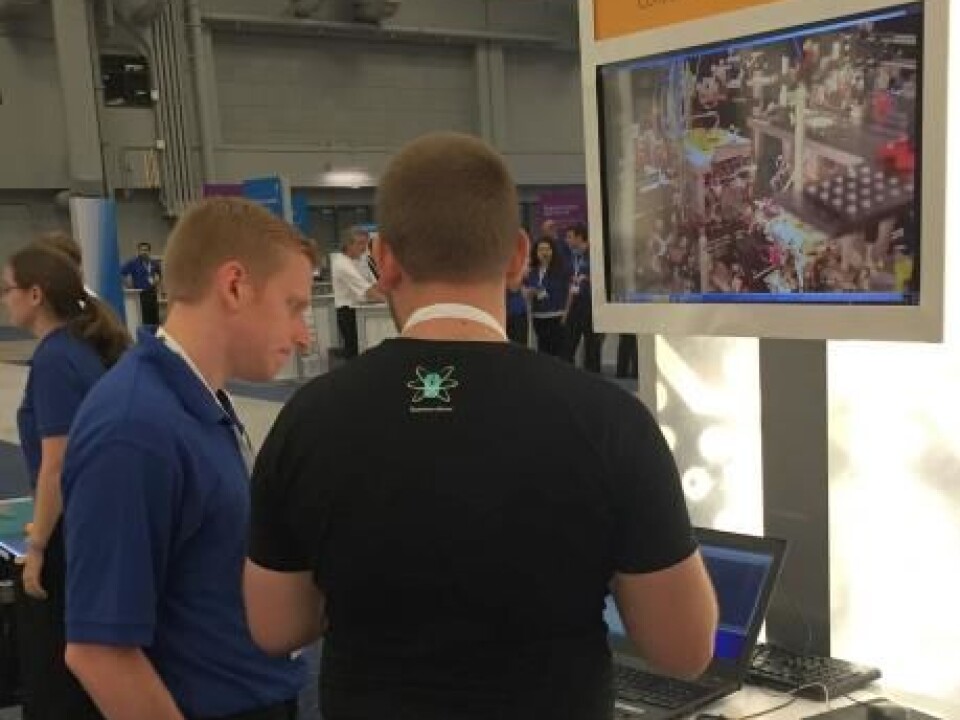
Sherson and software-developer Aske Thorsen from Aarhus University demoed the new system at the NIWeek IT conference in Texas, USA.
Popular quantum game led the way
More than 150,000 players previously took part in the online game called, Quantum Moves, also produced by Sherson and his colleagues.
In this game, players were tasked with arranging single atoms in a simulation of the physicists’ real-world experimental set-up.
The game is compatible with Windows, OS-X and Linux, and it is still available to download as an app from Google Play or from Apple’s App Store.
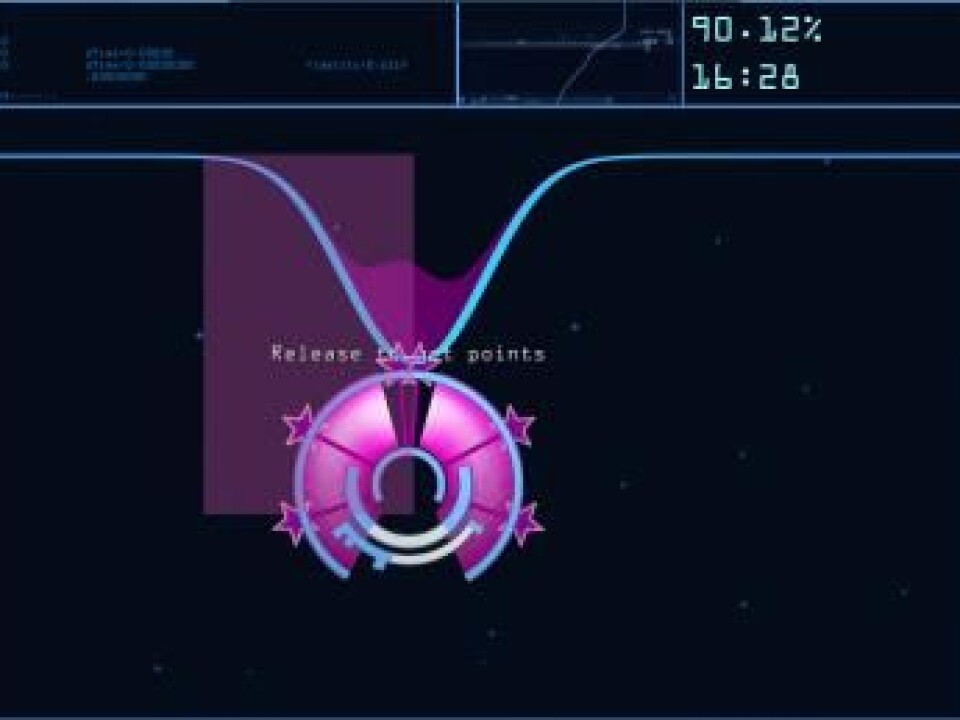
Read More: Gamers solve problems faster than a computer
Players help each other
The new game investigates the behaviour of extremely cold atoms in a so-called Bose-Einstein condensate, where atoms come together and behave as one big, cold super-atom.
A team of players take it in turns to control the experiment and arrange the atoms.
After a few rounds the team will hopefully have tried lots of different techniques and made lots of cold atoms.
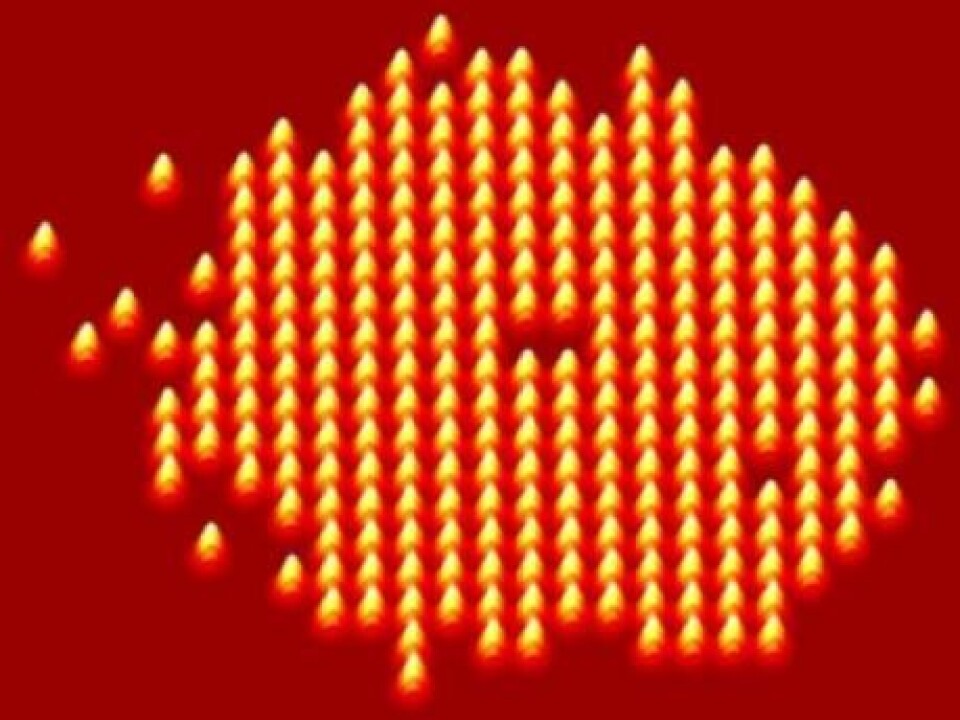
In the laboratory this would be done using a complicated experimental set-up of magnetic and optical atom-traps, but for the gamers it’s simply a case of moving points around on screen.
As the players create more and more cold atoms, Sherson collects more and more data to create an even better quantum computer.
“The few players that have tested the remote system have already experimented 10,000 times and found some solutions that are better than ours. So now our experiment is better than it was last week as we have more atoms available. For example, a second year university student found an exciting solution that we will investigate further,” says Sherson.
Read More: Scientists move closer to developing a quantum computer
Quantum computer awaits
Before they can actually build a quantum computer, the scientists need to be able to control single atoms.
A quantum computer differs from a regular computer as instead of using bits that have a value of either one or zero, a quantum-bit can simultaneoulsy have a value of both one and zero.
If all of these quantum-bits can be made to talk to each other, then it will drastically increase the computer’s computational speed.
“If we can figure out how to pick up an atom, put it on top of another, and move it back again, then we’ve created entanglement between two atoms. Then we can criss-cross until we’ve entangled all the atoms in the crystal. The Quantum Moves game showed how to do this in a simulation, and so we can now begin to do it with the right atoms,” says Sherson.
Sherson’s ultimate goal is to build a 300-quantum-bit quantum computer. He is still a long way off but perhaps with your help it might one day become a reality.
See the scientists behind The Alice Experiment explain what the project is and how you can get involved (Video: National Instruments)
-------------
Read the Danish version of this article on Videnskab.dk
Translated by: Catherine Jex
